Copaiba Oil (Copaifera reticulata)
Powerful extract from trees native of Brazil & Peru ~ Copaiba oil moisturizes, soothes skin, enhancing healing, aids in infection, supports the urinary tract and traditionally is used for bug bites, burns and skin healing in the amazon. Copaiba oil uses include:
- Accelerates scab formation on wounds
- Anti-fungal
- Anti-inflammatory
- Disinfectant
- Diuretic
- Fixative in Botanical Perfumery
- Helps eliminate wrinkles and stretch marks
- Hypotensive
- Improves circulation
- Relieves irritation from bug bites, burns, etc.
- Respiratory expectorant
- Skin Tonic (ie. dermatitis, athlete’s foot, eczema/psoriasis)
- Used in acne / dandruff
Aromatic Scent: Mild, sweet, woody, slightly balsamic
Dr. Nick Notes
Found in the Amazon, the gum resin of this leguminous tree contains high levels of the anti-inflammatory sesquiterpene beta-caryophyllene. Copaiba has a long and diverse history of uses in folk medicine. From the yellow-brown oleoresin distills a clear essential oil with a wide variety of uses.
Copaiba balsam oil is touted to have extremely powerful anti-inflammatory medicinal qualities. Copaiba is rich in sesquiterpene Beta-caryophyllene (BCP), a terpene which binds to the CB2 receptors to reduce inflammation, similarly to non-psychoactive cannabinoids / terpenes found in cannabis. Please note that Copaiba / BCP does not confer psychotropic properties like THC or cannabis. When I spent time in Peru, Copaiba oil is part of the traditional Peruvian medicine kit - used to reduce itching from bug bites, inflammation, aid with sunburns, topical use for infections. Think of how many essential enthusiasts honour lavender oil as a cure-all for everything… this is how South American’s in-touch with native medicinal plants have an innerstanding of copaiba extract.
I’ve heard that the copaiba oil can aid in breaking up mucus and support the respiratory system. Without having experience, I see that this makes sense mechanistically understanding its chemical constituents. Copaiba oil also seems to regulate many skin conditions having anti-fungal, anti-bacterial properties with rejuvenative qualities.
How to Use
- Add 8-10 drops to a sitz bath to help treat hemorrhoids and genital infections
- Massage into muscles of the lower abdomen to tone them, reducing urinary incontinence.
- Take 2 drops infused in another carrier oil as a dietary supplement inside a capsule
- Great for use in homemade soap!
- Use as a sacred anointing oil
- Apply directly onto the skin to aid with infection.
Precautions
Allergic reactions are rare but recorded. Avoid use during pregnancy. Test for skin irritation before applying a significant amount. Excessive internal use can result in stomach pain and symptoms of food poisoning or diarrhea.
Blends Well With: African Copal Bark (CO2), Cedar Atlas, Citrus oils, Clary Sage, Elemi, Jasmine, Rose, Tulsi, Vanilla, Ylang Ylang
Cultivation: Wildharvested
Country of Origin: Peru / Brazil
Extraction Method: Steam Distilled
Parts of Plant Used: Resin from the trunk
Terpenes: β-bisabolene, trans-α-bergamotene, β-selinene, α-selinene, and the terpene acids ent-agathic-15-methyl ester, ent-copalic acid, and ent-polyalthic acid.
* These statements have not been evaluated by the Food and Drug Administration. This product is not intended to diagnose, treat, cure or prevent any disease. If you are pregnant, nursing, taking medication, or have a medical condition, consult your physician before using this product. *
1 review for Copaiba Oil
Join Our Mailing List
World-Class Essential Oils

Wizard Alchemy Blends
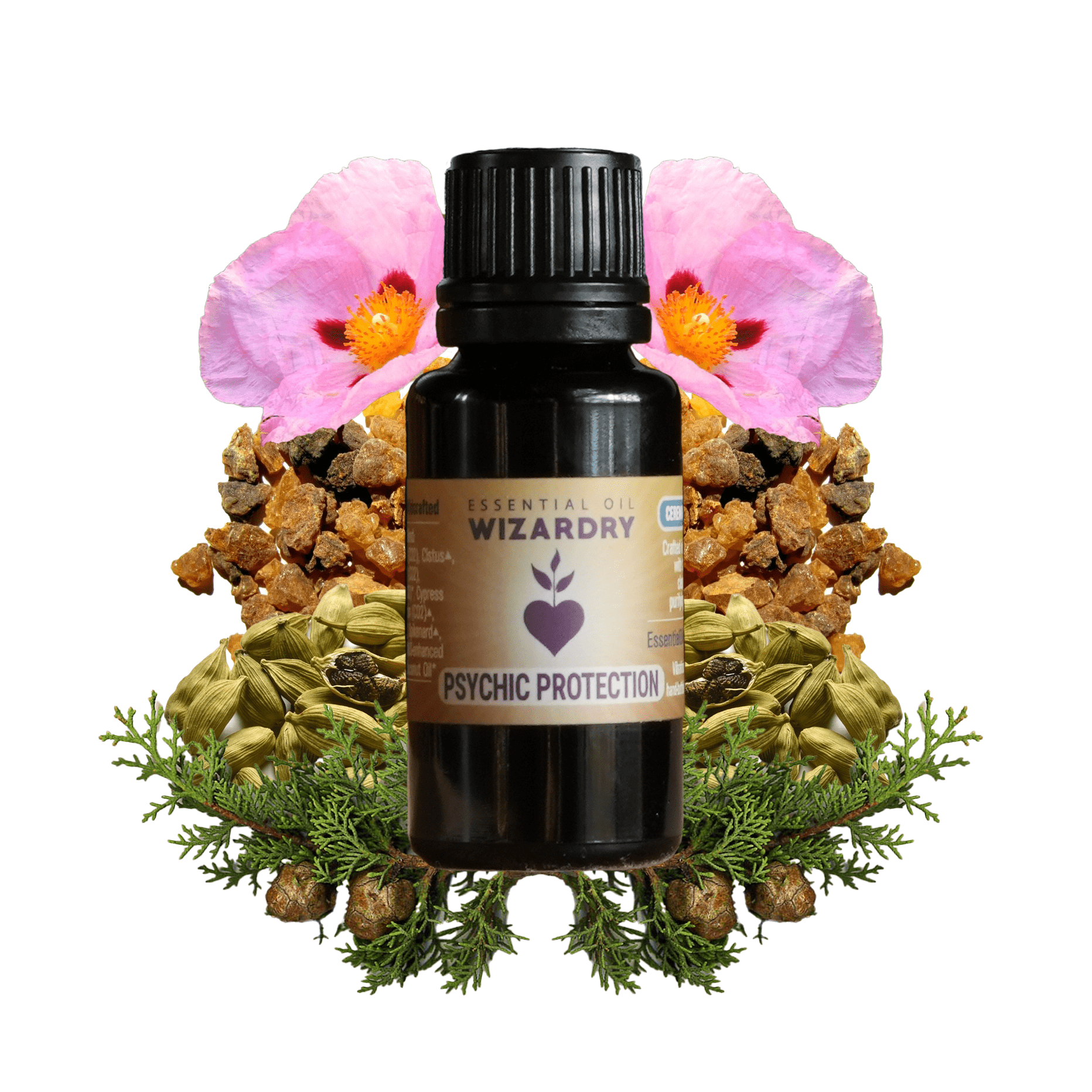
Shop By Benefits
podcasts, events, and classes/courses
Alchemy Club Membership
The EOW Alchemy Club is a one-of-a-kind monthly subscription service for those seeking an affordable way to explore the wonderful world of botanical alchemy.
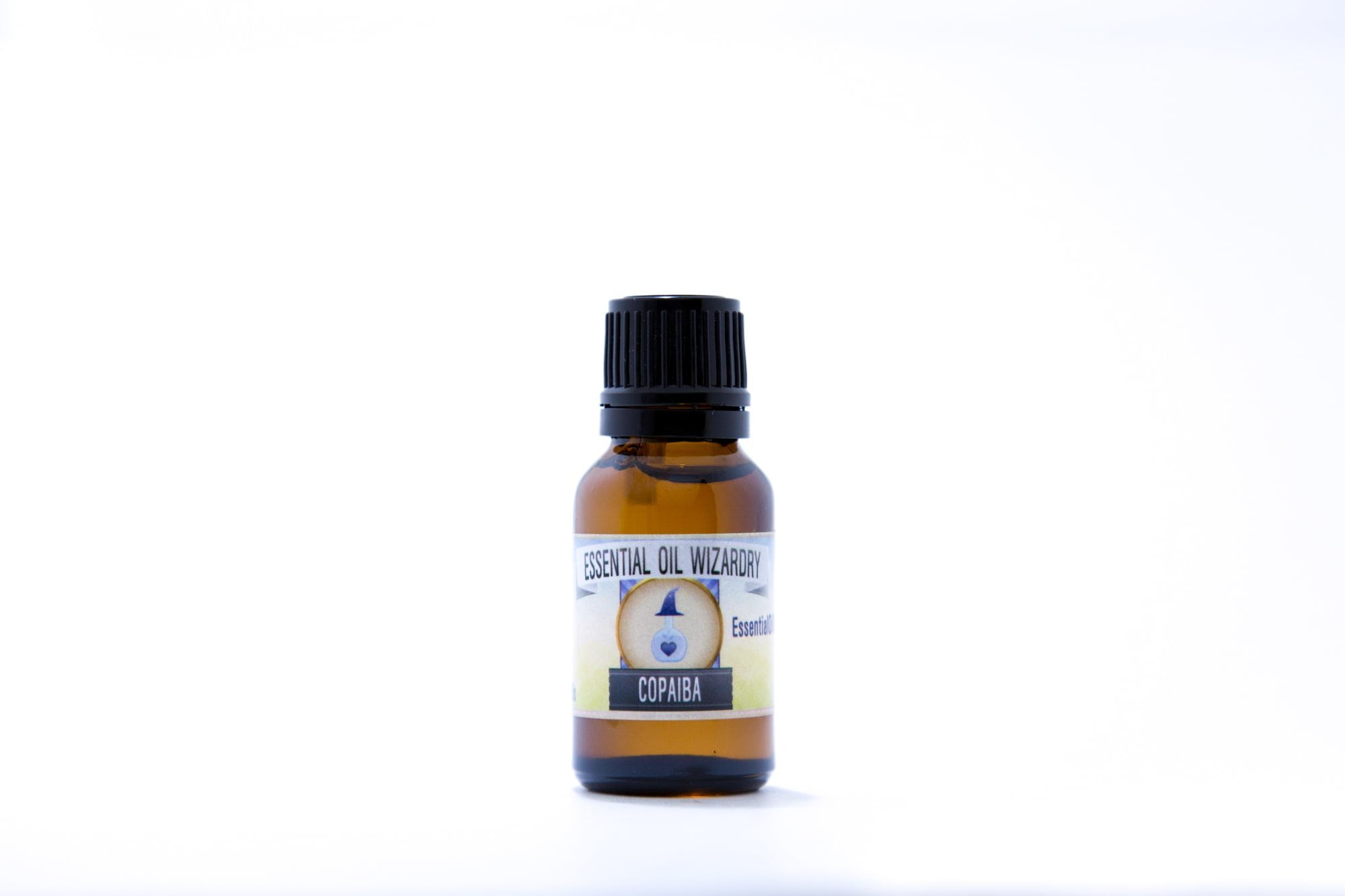
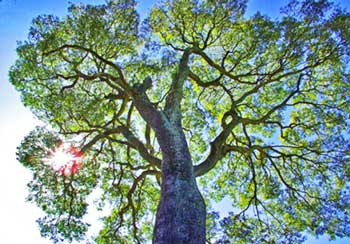
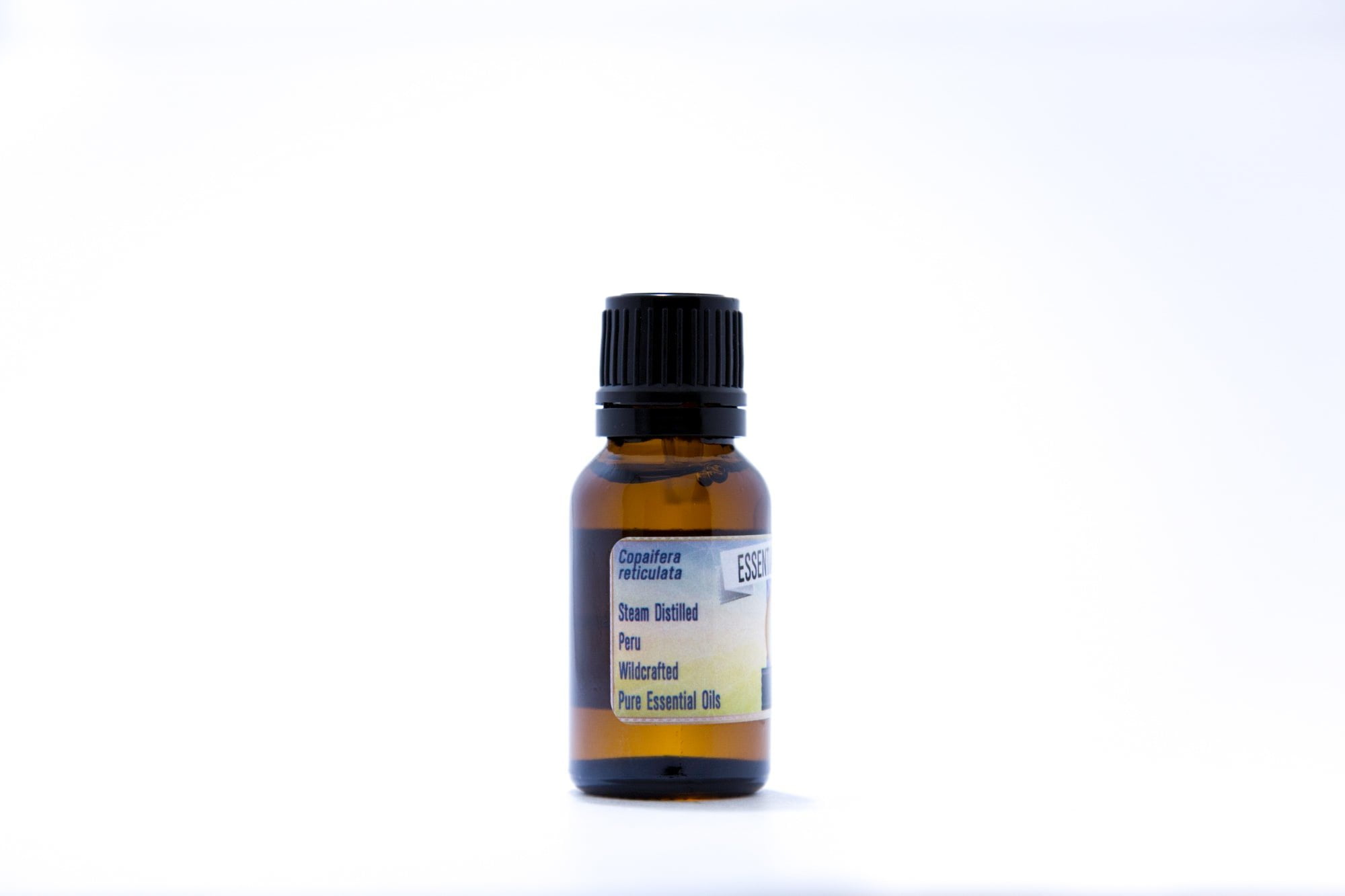
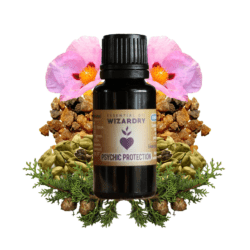



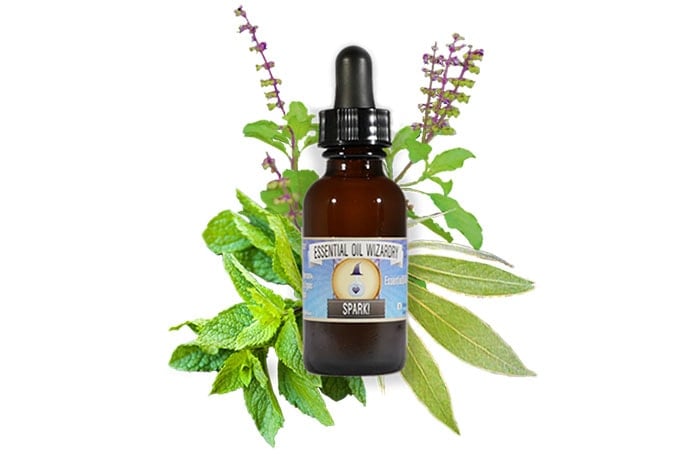


Allison (Essential Oil Wizardry) –